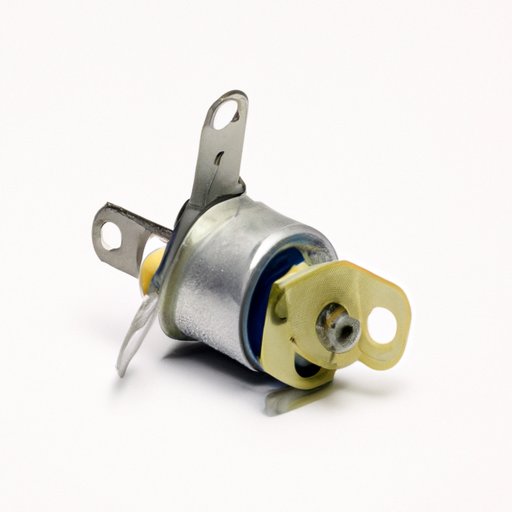
Introduction
A functional starter is vital to ensure that your car can start promptly every time you turn the ignition key. It plays a crucial role in converting electrical energy from the battery into mechanical power to crank the engine. A faulty starter can cause inconvenient breakdowns and even leave you stranded on the road. This article will guide you through how to test your car’s starter in five simple steps, common signs of starter failure, how to maintain and test your starter regularly, an in-depth DIY guide for starter testing, and why choosing a professional service may be the best option.
“5 Simple Steps to Test Your Car’s Starter”
Before jumping into the starter testing process, you will need specific tools. These include a multimeter, voltage tester, and jumper cables that enable you to connect the battery to the starter directly.
The first step is to check the battery’s charge using a voltmeter or multimeter to measure the voltage. It should register 12.6 volts, and if it’s below 12 volts, the battery may need to be recharged or replaced. The second step is to check the wiring for any loose connections or frayed wires that can cause a poor connection. The third step is to check the solenoid, which is responsible for transferring power to the starter. You can test it by bypassing the solenoid using a jumper cable and observing the results. In step four, you should check the starter motor by connecting it directly to the battery using jumper cables. Finally, in step five, you should interpret the results of your testing, and if it’s positive, your starter is functional.
“Common Signs Your Car’s Starter Needs Testing”
Some common signs of starter issues include a clicking sound when turning the ignition key, dim headlights, sluggish cranking, grinding noise, or the engine not starting at all. It’s essential to test the starter when these signs occur to avoid more severe problems down the road. The five-step process outlined above can also be used to test for starter failure when these signs occur.
“How to Avoid Starter Failure: Maintain and Test Your Starter Regularly”
Regular maintenance and testing are critical to ensure that your starter remains functional. You can maintain your starter by cleaning any corrosion or buildup on the battery terminals, regularly lubricating the starter’s moving parts, and ensuring that all electrical connections are tight and clean. It would be best to test your starter regularly by checking the battery’s charge, wires, and connections and running the starter motor. Periodic testing can help you avoid costly repairs and increase your starter’s lifespan.
“DIY Starter Testing: A Comprehensive Guide”
DIY starter testing requires technical knowledge and instructions. To check the voltage, you will need a voltmeter or multimeter to measure the voltage between the battery and starter. You can use this measurement to determine if the starter receives enough power. To check the current draw, you should measure the amps consumed by the starter motor using a multimeter. This measurement can help you determine if the starter is drawing too little or too much power. You can inspect the solenoid and electrical connections for any visible damage or corrosion with a flashlight and narrow-tipped pliers. Specific instructions and measurements should be followed in each step.
“Why Choose a Professional for Starter Testing?”
While DIY testing can be an option for car owners, more complex tests may require professional service. A reputable mechanic has access to advanced diagnostic equipment and has a better understanding of starter issues. They can ensure safety during testing and give you sound advice on how to proceed with repairs.
Conclusion
A functional starter is a crucial component in your car’s operation. Routine testing and maintenance can help you avoid costly repairs and increase your starter’s lifespan. DIY testing can be an option for some car owners, but for more complex tests, a professional service can be beneficial. Don’t hesitate to maintain and test your starter regularly to keep your car running smoothly and avoid any unpleasant surprises.




